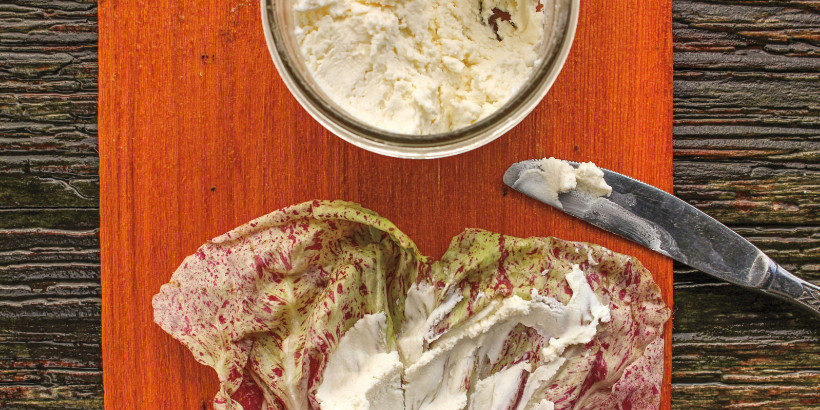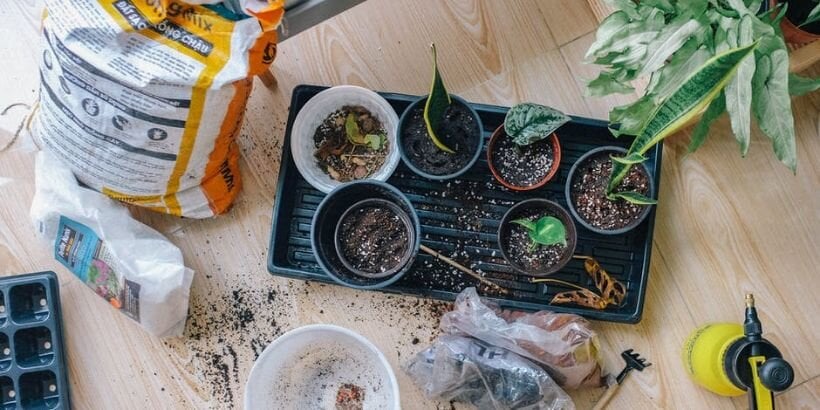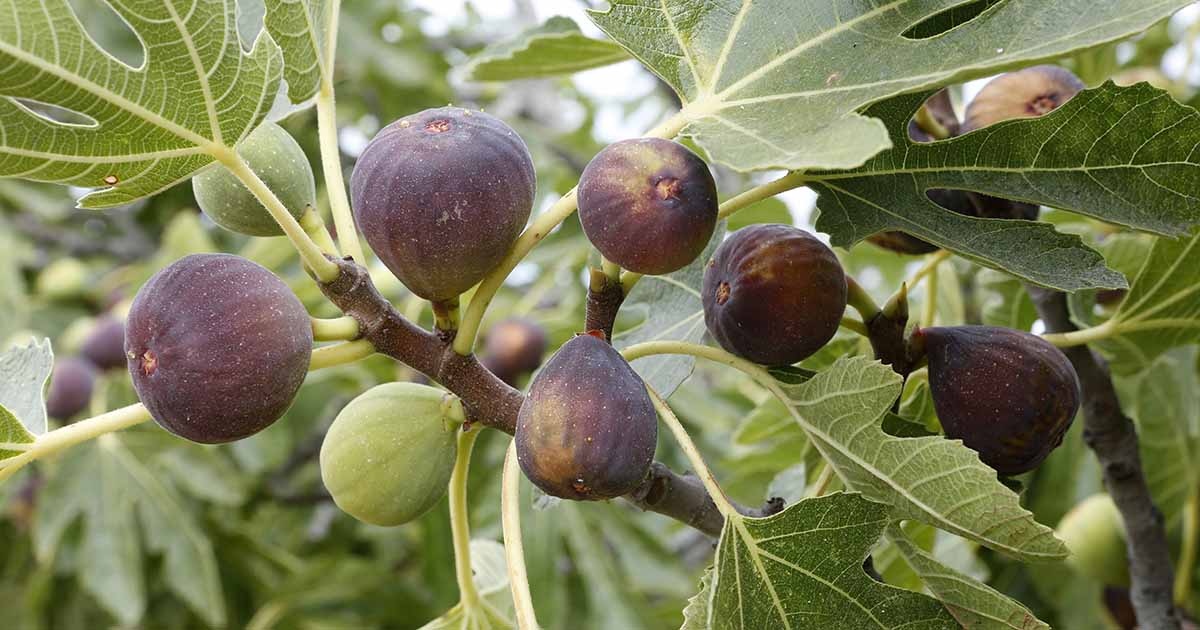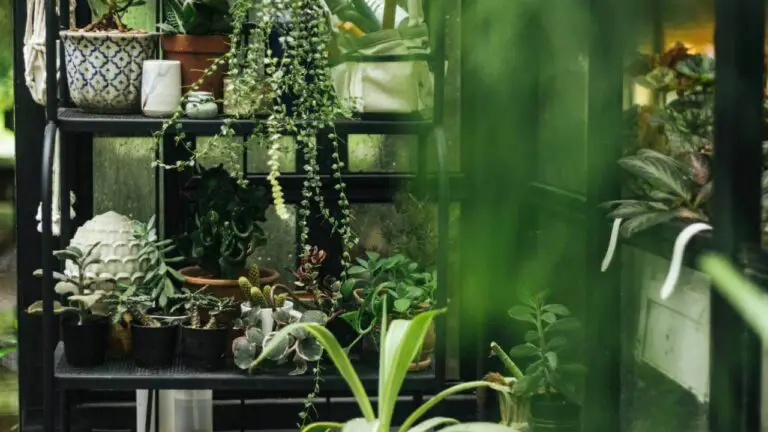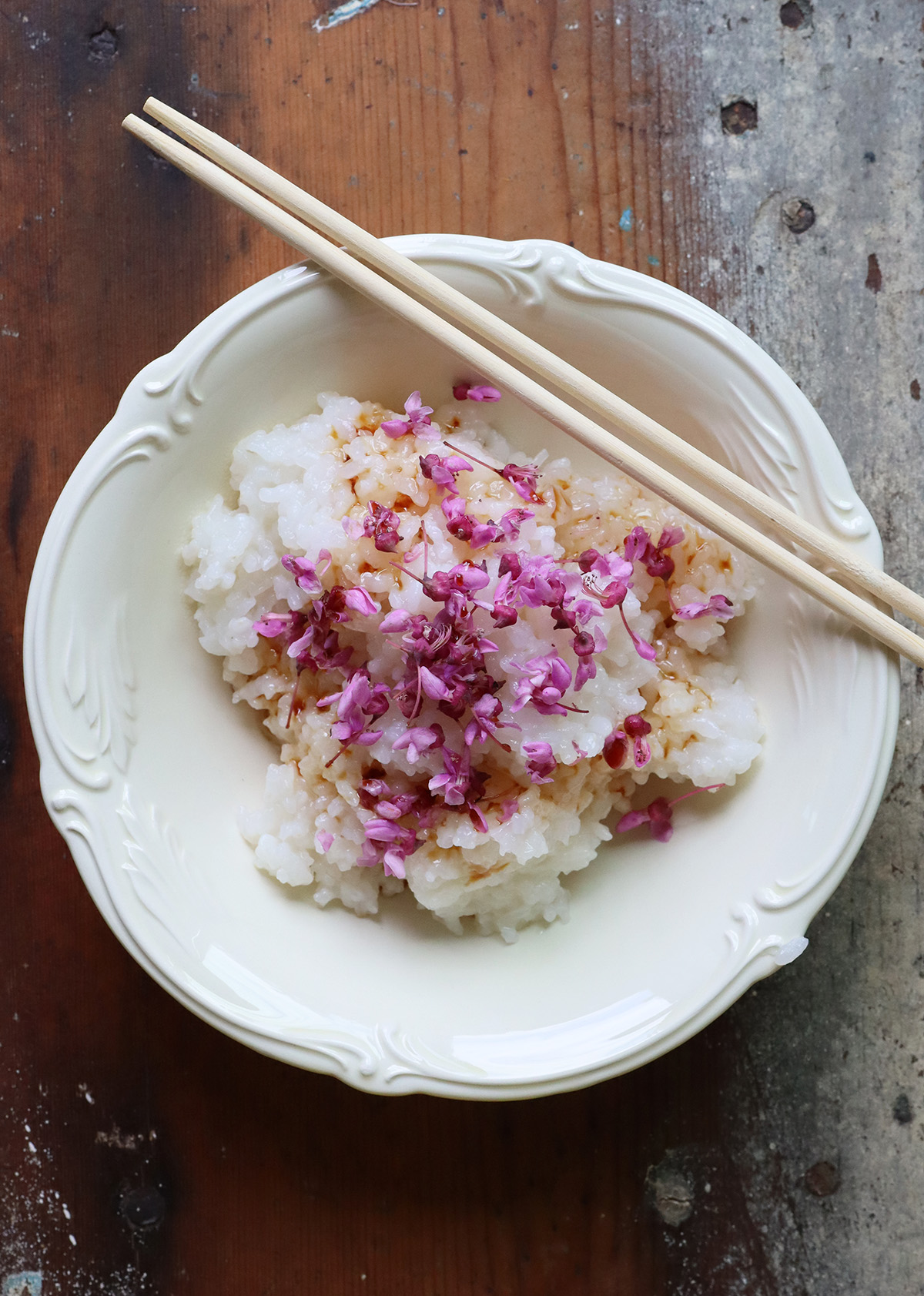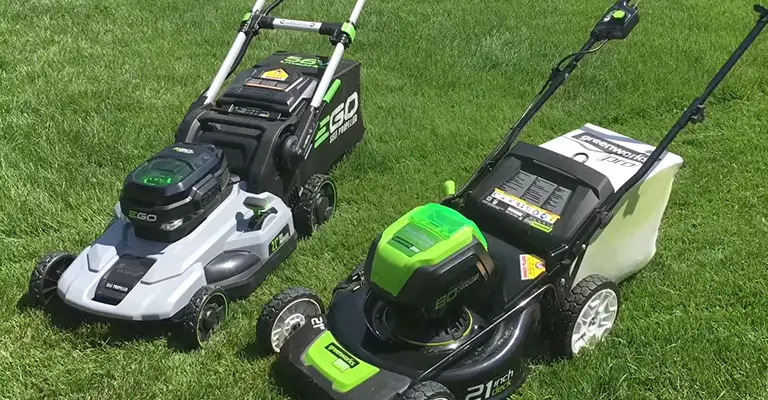Embracing the Enchanting Dappled Willow Tree
Harnessing the allure of dappled foliage, the Dappled Willow Tree (Salix integra ‘Hakuro-nishiki’) has fast become a coveted ornamental tree for home landscapes. With its pink-tinged white and green leaves, and its stunning growth habit, it’s no wonder garden enthusiasts can’t get enough of this vibrant species. In this guide, we explore the ins and outs of the Dappled Willow Tree, delving into care instructions, growth habits, and everything in between.
Overview of the Dappled Willow Tree
Known for its vibrant variegated foliage, the Dappled Willow Tree is a deciduous shrub native to East Asia. The tree thrives in USDA Hardiness Zones 4-9, making it a versatile and hearty choice for landscapes across a broad swath of the United States.
Seasonal Beauty of the Dappled Willow
The Dappled Willow Tree showcases its stunning colors and textures throughout the growing season. In the spring, it bursts forth with new growth, tinted with a charming pink hue. As summer approaches, the leaves transform into a captivating mixture of creamy white and green, creating an effect likened to sunlight filtering through forest leaves. This “dappled” effect is how the tree earned its poetic moniker.
Growth Habit and Use
One of the best features of the Dappled Willow Tree is its rapid growth rate. In optimal conditions, these deciduous wonders can grow up to 6 feet in a year. Standing at 6-10 feet tall at maturity, they make an impressive addition to any garden or yard. Their size and dense foliage also make them an excellent choice for privacy screens or hedges.
Caring for Your Dappled Willow
Despite their striking appearance, Dappled Willows are relatively low maintenance. They thrive in full sun to partial shade and prefer consistently moist soil. In fact, their affinity for water makes them a popular choice for planting near water bodies like ponds or streams. Regular pruning is recommended to maintain their shape and promote new growth.
Potential Challenges
Although they are resilient, Dappled Willows are not without their challenges. They can sometimes fall prey to common pests like aphids and borers. A watchful eye and preventative treatments can help keep these issues at bay.
Spring Show: Blooming and Transplanting
While they are stunning year-round, Dappled Willows truly come to life in the spring. Their unique catkins – a type of flower with no petals – appear before the leaves, providing an early-season food source for pollinators. As the leaves emerge, they create a breathtaking show of color and texture.
Transplanting a Dappled Willow Tree is straightforward. They are not overly picky about soil type, but good drainage is crucial. Plant them in a hole twice as wide and the same depth as the root ball. Water thoroughly after planting and provide regular irrigation during dry periods.
Ecological Benefits of the Dappled Willow
Many home gardeners are drawn to the Dappled Willow Tree for its easy care and stunning visuals. But beyond its aesthetics, it also offers ecological benefits. Its dense foliage provides shelter for birds and small mammals, while its early-blooming flowers feed emerging pollinators.
Incorporating the Dappled Willow in Landscape Design
The Dappled Willow Tree is not just a standalone beauty; it’s a team player in landscape design. With its attractive form and fast growth, it makes a brilliant backdrop for lower growing plants. Consider pairing Dappled Willows with perennial flowers that complement their vibrant leaves. Dark purple or blue flowers, such as those found on Salvia or Catmint, create a striking contrast, while the delicate blossoms of Astilbe or Bleeding Heart lend a softer complement.
Propagating the Dappled Willow
For those who want more of this beautiful plant in their gardens, good news — the Dappled Willow Tree is easy to propagate. Cuttings taken in early summer often root well. Simply cut a branch about 6-8 inches long, remove the lower leaves, and plant it in a pot with well-draining soil. Keep the soil moist, and with time, you’ll have a new Dappled Willow to add to your landscape or gift to a fellow gardening enthusiast.
Value for Money
Considering their rapid growth rate, Dappled Willows offer excellent value for money. Unlike slower-growing ornamental trees, they can fill a space quickly, providing privacy, shade, and aesthetic appeal within just a few seasons.
Varieties of the Dappled Willow
Although the standard Dappled Willow Tree is a popular choice, there are also several other varieties to consider. The ‘Flamingo’ Dappled Willow, for example, has more pronounced pink tones in the spring, while the ‘Golden Sunshine’ Willow brings a burst of yellow to the garden. These varieties add an extra level of interest and allow gardeners to choose the perfect Willow for their landscape’s color scheme.
Parting Thoughts
The Dappled Willow Tree, or Tri-color Dappled Willow, is a showstopper in any garden landscape. The beauty of this variegated willow begins in early spring with its radiant flush of color, and it continues to impress through every season. As bare root plants, dappled willow shrubs can be easily integrated into your garden, with their rapid growth transforming your landscape into a lush, colorful oasis within a few seasons. The tricolor foliage of the dappled Japanese willow is particularly striking, lending an aesthetic that’s both bold and sophisticated.
From sandy soil to soil with high moisture content, the Dappled Willow is a versatile and hardy plant. This adaptability, combined with the upright willow trunk and colorful foliage, makes them an excellent choice for privacy hedges or statement pieces. Just remember, watering dappled willow trees consistently is crucial to their growth and overall health, especially during their initial establishment and dry periods.
Whether you’re an avid gardener or a beginner, tri-color dappled willows are a fantastic choice. Their low-maintenance nature, coupled with their aesthetic appeal and fast growth, make them a rewarding addition to any garden. As you enjoy the shade of their dense foliage and the beauty of their variegated leaves, you’ll see why dappled willow shrubs have become such a beloved feature in landscapes across the globe.

